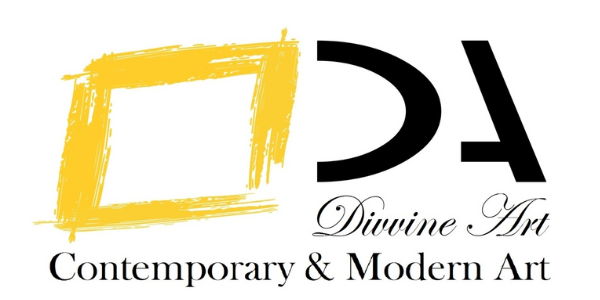Prabhakar Barwe
Barwe was born in Nagoan, Maharashtra in 1936. Born into a family closely associated with the arts, his granduncle, V. P. Karmarkar was a well-known sculptor and his father was an artist working in Bombay`s film studios.
He graduated from the Sir J.J. School of Art, Mumbai in 1959. It was during his stay in Varanasi, the holy city of India from 1961 to 1965 that he came into contact with the canon of Tantra (mysticism) that influenced his work during that period. His work had a steady evolution that allows one to trace the numerous influences on it.
During his days as a student he was deeply influenced by Paul Klee. It was during that time that he was also involved along with other leading painters like K. G. Subramanyan, Gautam Waghela and Ambadas in the Weaver`s Service Centre, where fine artists worked closely with weavers in the development of modern Indian textile designs.
Starting from 1961, until his death in 1995, he held 12 solo exhibitions. In 1969 he won an award instituted by the Japanese newspaper Yoshihari Shimbun. In 1976 he won an award at the annual exhibition of the Lalit Kala Akademi. Towards the end of his life he wrote a book in Marathi called `Kora (Blank) Canvas` (published by Mouj Prakashan, Mumbai). During the 1980s Barwe`s work was known for the peculiar relationship between object and space. Pieces of objects would emerge from the canvas almost as it they had a will of their own.
He participated in exhibitions both in India and internationally, including the Fifth International Young Artists, Tokyo (1969), II, III, IV and V Triennales, New Delhi (1971, 1975, 1978 and 1982), the Menton Biennale, France (19760, I Asian-European Art Biennale, Yugoslavia, Turkey (1985) and IX Biennale, Valpariso, Chile (1989).
Barwe died in 1995, Mumbai.
